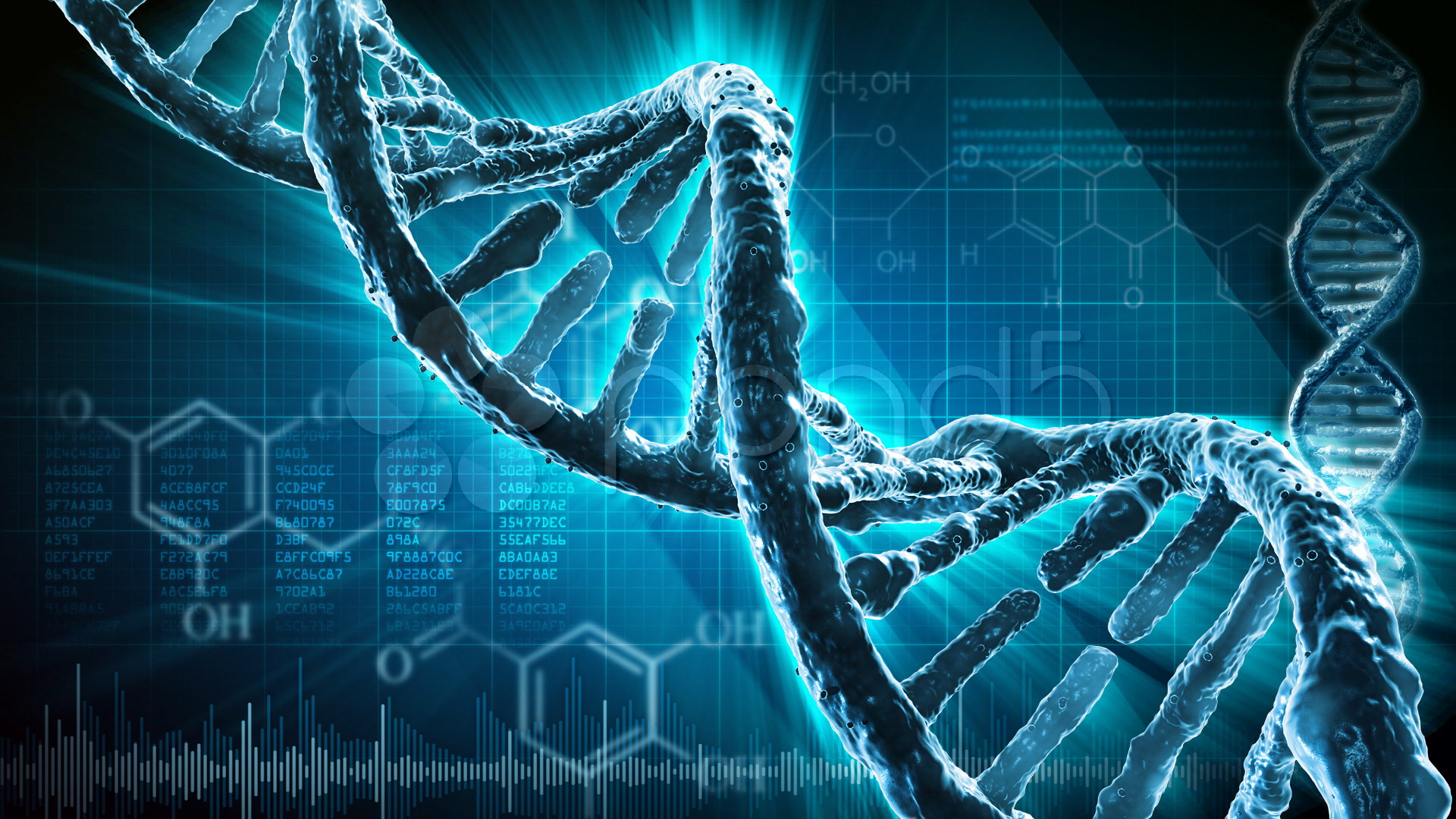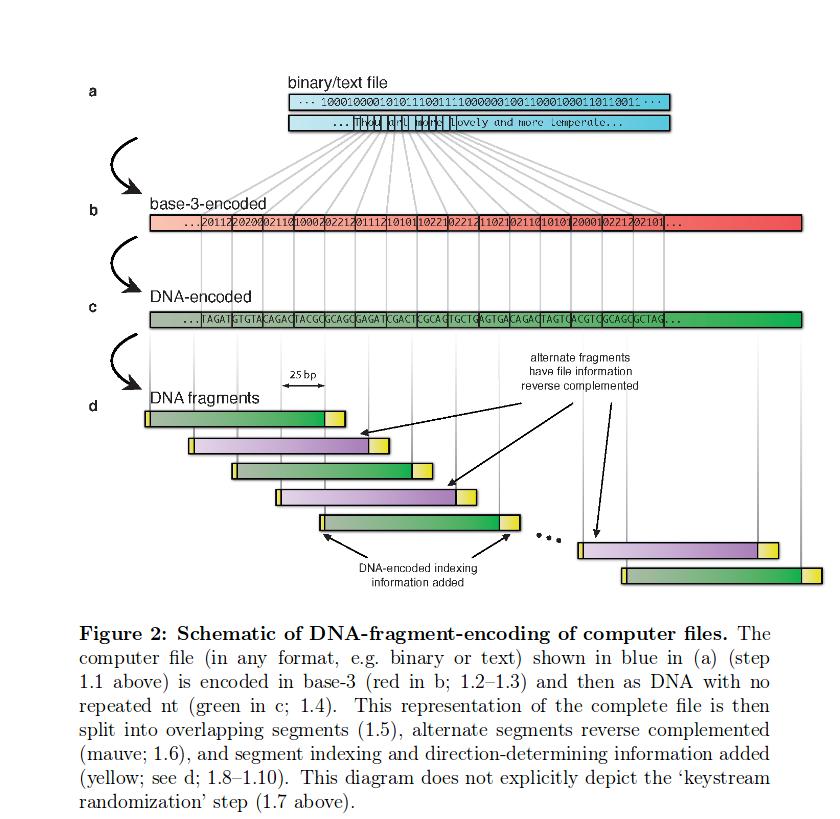Graduate student earned Bitcoin by deciphering the cipher written in DNA

For three years, students, graduate students and scientists struggled with the riddle created by researcher Nick Goldman in 2015. He placed the code of a private bitcoin wallet, the balance of which was one bitcoin, on the DNA strand. Then the scientist invited everyone to unravel the cipher and get the key to a solid amount (the rate of 1 BTC currently exceeds $ 12 thousand).
Goldman works at the European Bioinformatics Institute. Here he developed a method of recording information in DNA, talking about his project at the World Economic Forum in Davos. During the speech, he distributed plastic containers with DNA, the threads of which contained the information described above.
More recently, the rate of Bitcoin was about $ 200 per coin. Now the cryptocurrency rate is much higher, for one cue give about $ 12,000. It turns out that in just a year the prize fund has grown as much as 60 times, so many have begun to solve this riddle. Last December, it was reported that no one was able to unravel the cipher, so Goldman even had to recall that the completion of the competition was near.
')
This tweet caught the attention of a graduate student from the University of Antwerp. He requested a DNA sample and sat down to decipher. He solved the cipher not in one day, but in about a month. “When I saw the tweet, I was very interested in this task. I told my colleagues that I’ve given up everything and get down to work on deciphering the DNA code, ”the graduate student said .
Successful work was facilitated by the fact that the graduate student had access to a sequencer and other sophisticated equipment necessary for working with DNA. As soon as the DNA code was decoded, a graduate student began to search for a code hidden somewhere in the data.
He explained his actions in an article published in Nature. In order to decipher the information from the DNA, he had to take the data obtained in the text version and rewrite them in base-3 format.

As it turned out, the key of the wallet was hidden in nine different files hidden in the DNA code. And the files, in turn, were encrypted. The cipher included random sequences of characters that turned the real text into nonsense. All this was done to complicate the tasks. The winner himself described the process in sufficient detail in a scientific article .
After the “clean” code from the files was already received, the graduate student combined all the data in a certain order. This was done by selecting the nine DNA segments so that it was possible to form part of the molecule without damage. After that, the winner of the contest managed to write down the source code of the private key in the correct order and get access to Bitcoin. The graduate student successfully solved the riddle just five days before the end of the competition.
When asked what the winner will do with Bitcoin, he replied that he would most likely sell the coin. Money is needed, in particular, to finance the young scientist’s own research. Well, if something remains, the graduate student will spend the surplus on a party for those who helped him.
The project in question is good because with the help of bitcoin we managed to draw attention to biotechnology, in particular, to the idea of storing large amounts of data in DNA as a data carrier. The prospects of such a carrier are understood by many, in particular, large companies like Microsoft. She, for example, plans to add a repository of DNA data to her cloud.

Earlier, Microsoft and Washington University managed to store 150 KB of information in DNA - three pictures. By 2016, the process has been improved, and 202 MB have already been recorded. A high-resolution OK Go music video was recorded in deoxyribonucleic acid molecules, which included the Universal Declaration of Human Rights, translated into 100 languages, the top 100 books of The Gutenberg Project and Crop Trust's DNA strand database.
Methods of working with genetic information are improved, and the cost of reading DNA is reduced. The human genome decoding project in 2003 cost $ 1 billion. Now the cost of decoding the genome of the same complexity is only $ 1000.
Source: https://habr.com/ru/post/374193/
All Articles